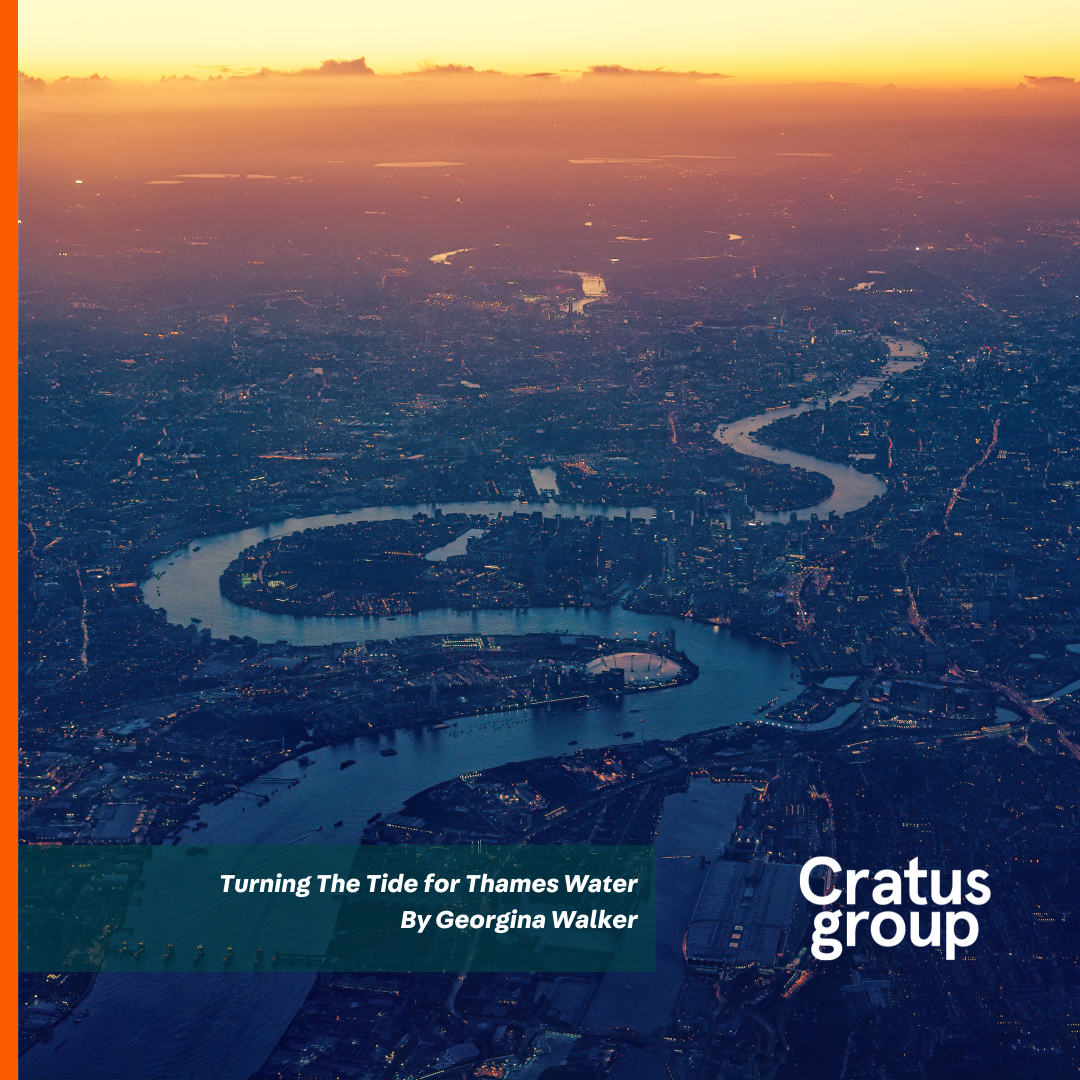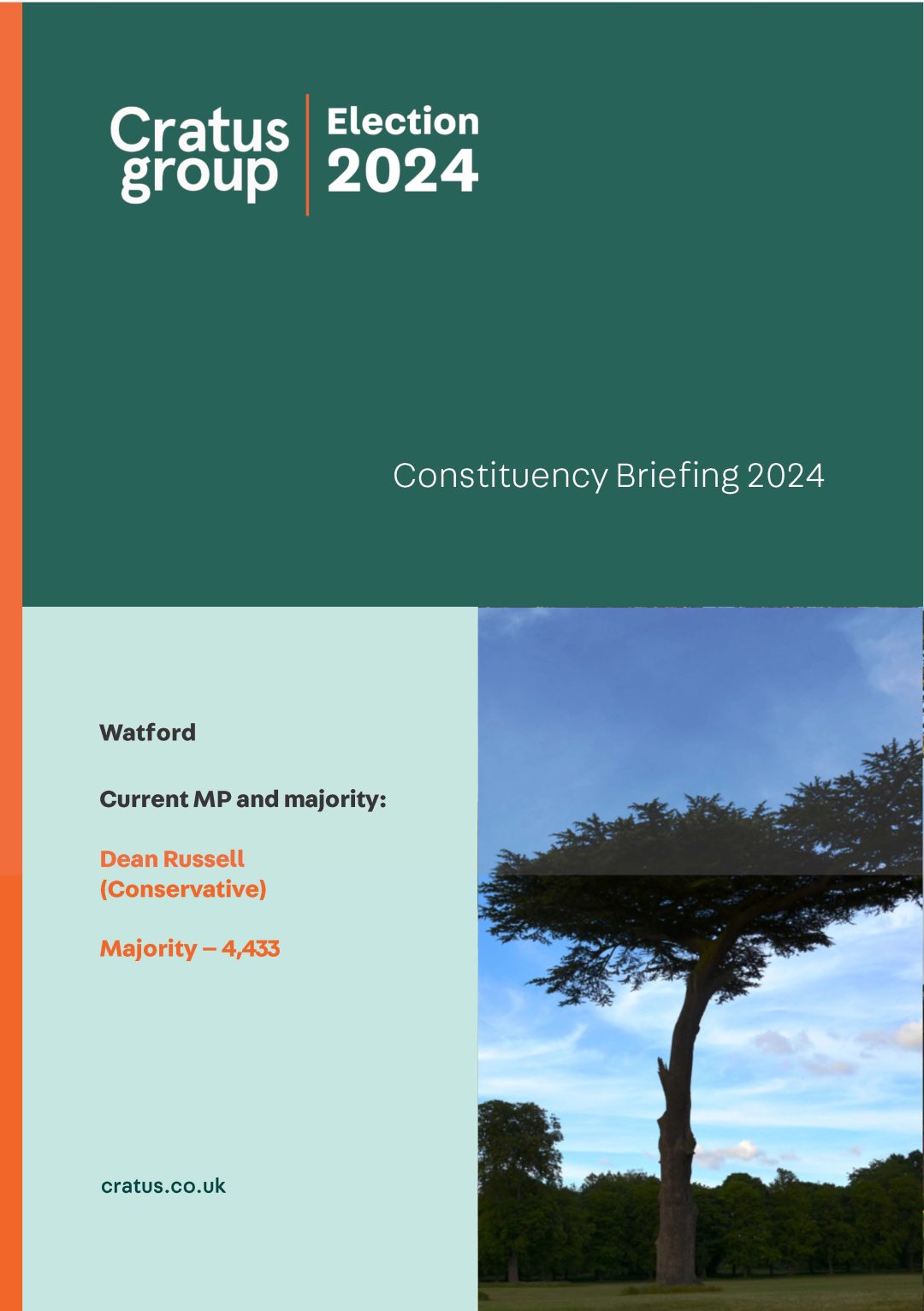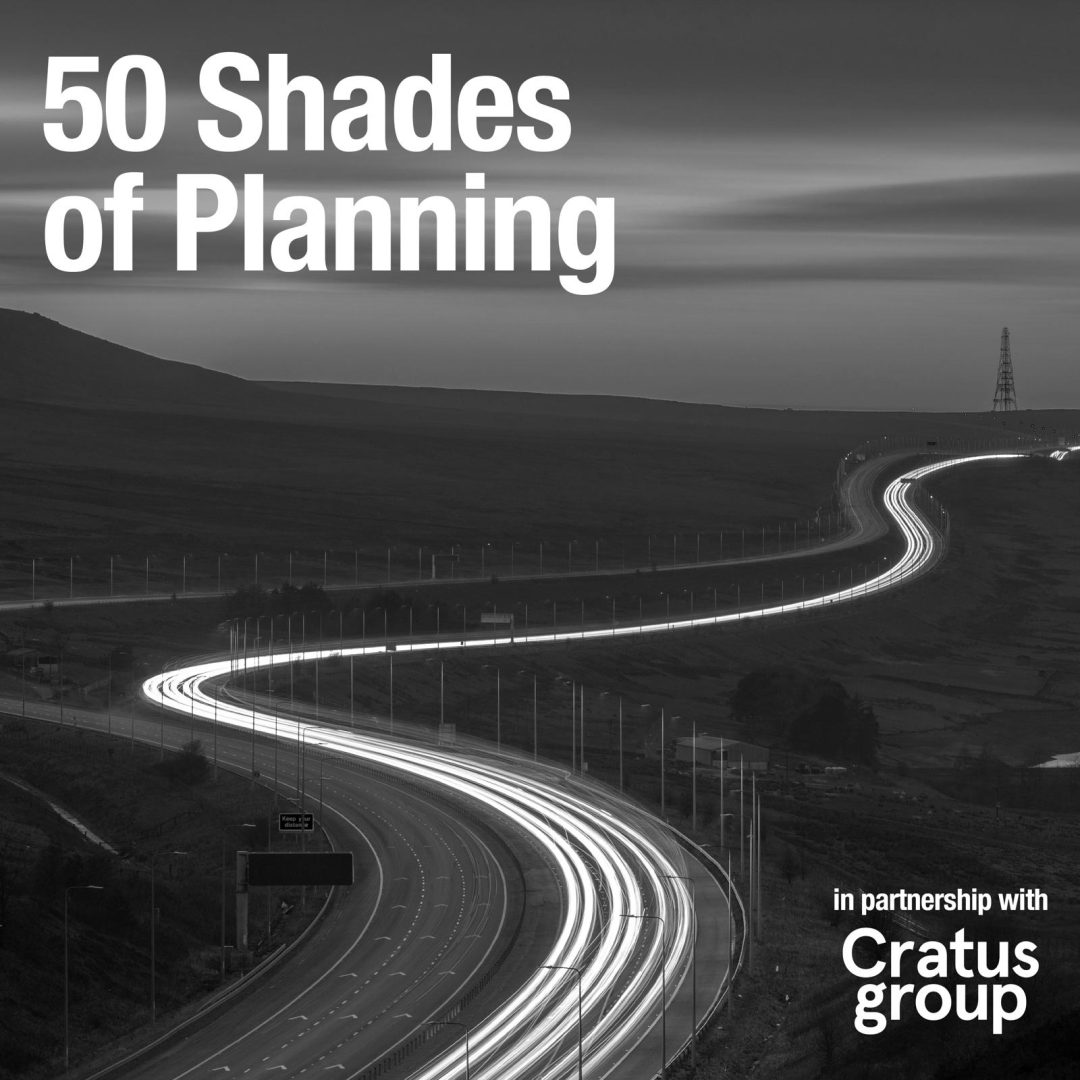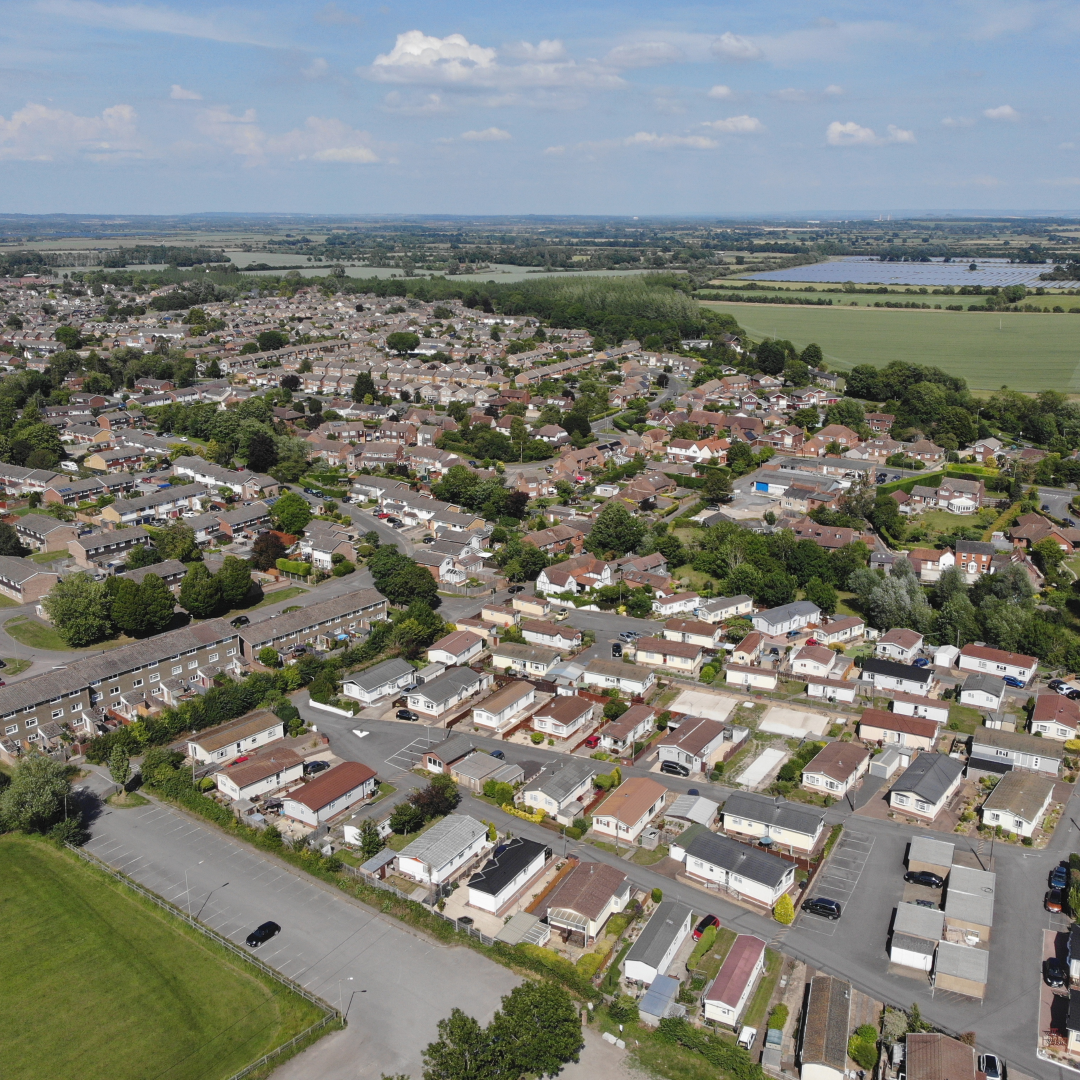Thrive – The most important word for us all. Part 2
Reason Two: Local Plans – Thrive not Growth
In a rather less dramatic context, we need to change the way we talk about what our communities need to include in their local plans. I have long felt that local plans have been hijacked by planners and politicians in a desperate desire to control the outcome, rather than encouraging open debate. I actually cannot remember a Leader of a Council or a Chief Planner ever introducing their plan to an inspector on behalf of their community, but they should be proud to do so!
Local plans are essential and exciting opportunities to bring communities together and to decide what we want from where we live. The dialogue on how we can improve the environment and create a place where all generations can continue to thrive should be cherished. Yet in recent years the debate has been progressively overshadowed by the word ‘growth’. The demand for new homes has exacerbated the existing situation further.
In some locations you can completely understand the defensiveness of those communities who are resisting the pressure for new housing. However, it’s clear that we have fallen into the trap of using the local planning process to defend existing estates from Growth and not exploring how new investment can help them thrive.
To illustrate, many families have either moved to or lived their entire lives in villages. They offer a quality of life, easy access to the countryside, and picturesque beauty in many parts of our country. Understandably they become resistant to change. Yet villages across the land are increasingly struggling to thrive. The village pub or the local shop need footfall to generate their income and many are finding it harder year on year to make ends meet. The rise of supermarket delivery services has been devastating to rural stores and was made worse in the pandemic, when we were encouraged not to shop in person.
If the population of each village falls below a level that allows shops and pubs to operate sustainably, then those community assets will close. The same can be said for schools. In a part of Surrey that I know well, there are already two villages facing the closure of their schools. This is tragic on so many levels, but the population has grown older, few young families are left, and you cannot run a school without pupils. The same is true for places of worship, which have seen dwindling attendance figures for decades, but are often the only communal space in an entire community.
The question that all cities, towns, and villages should be asked first is: what kind of community do we want to be? How do we see our area thriving for the next 15 to 20 years, whilst facing all of the challenges outlined above? Is this just a place for people to retire to, or should it be a community for all ages, regularly refreshed with new blood, who can enjoy it from cradle to grave? Do we want a shop, a pub, a library, a community centre, or a doctor’s surgery? Can these be co-located? And if we do, what economic model will be needed to achieve this vision?
Then we need to ask what investment is required to enable this vision to be financially viable. If the size of the community today is too small to support this vision, what would it need to increase to? Then, and only then, can existing residents make informed decisions around what needs to be done to achieve a long-lasting and sustainable place.
Only when these discussions have taken place should a community start to address the need for additional homes or development. They will now have a context in which to address the hard questions that need answers if they want to achieve their shared vision. Then they can ask: how do we do this whilst keeping the character of our community alive and thriving?
Once this question of ‘how?’ is resolved, then residents and their representatives can focus on the locations, design and quantum that is needed to make their vision a reality, ensuring their community can thrive in the future. The decisions will still be tough, but everyone will own the process and share the responsibility to find a solution.
Will it solve our housing crisis? Surely people will lower their expectations to avoid taking more homes? But if everyone wants their community to thrive then you may find they ask for more housing than they otherwise would, precisely because they want to save schools, preserve local businesses, invest in parks and play areas, or secure a better bus service. It is so important that local residents are involved in these decisions, with real facts to base their arguments on.
Nobody wants to live in a community that is struggling, cannot afford to maintain the public realm, sees surgeries, schools, shops, churches, and pubs close, and has become a soulless place where an increasing few live in desolate isolation. I genuinely believe that we all want to live in thriving communities, whether they are big or small, so we can all enjoy life to the full!
We must therefore ask, what is it that will make our community thrive into the future? And, if I might politely suggest, the word ‘growth’ should be retired from the language we are using to discuss these sustainable communities of the future.







